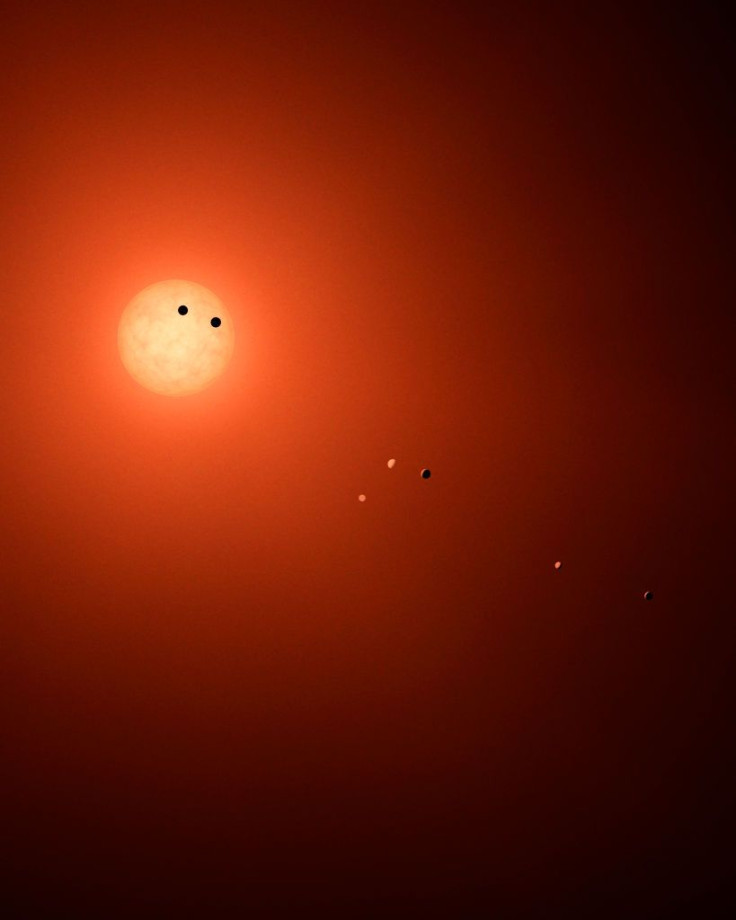Alien Life May Be Found On Super-Earth Trillions Of Miles Away, Scientists Suggest

Aliens may actually exist in another planet, some scientists recently found. However, humans may never get the chance to confirm if they are indeed out there since these aliens likely live trillions of miles away from Earth.
In a new paper entitled "X-Ray, UV, Optical Irradiances and Age of Barnard’s Star’s New Super Earth Planet – ‘Can Life Find a Way’ on such a Cold Planet?,” Villanova University astrophysicists suggested that Barnard b (or GJ 699), the planet that orbits Barnard's Star, could potentially support extraterrestrial life if there’s water there. Geothermal heating could potentially be happening in Barnard b right now, and this could produce an ocean for primitive life.
One of the scientists who co-authored the paper, Edward Guinan, confirmed in a press release that geothermal heating has the capacity of supporting "life zones" under its surface. This is similar to Antarctica's subsurface lakes.
Barnard B has a temperature similar to that of Jupiter's moon, Europa, at about 238 degrees below zero. Due to the similarities between the two planets, Guinan, along with his co-authors Scott Engle and Ignasi Ribas, believe that Barnard b may also have oceans just like Jupiter's Europa.
“We note that the surface temperature on Jupiter’s icy moon Europa is similar to Barnard b but, because of tidal heating, Europa probably has liquid oceans under its icy surface," Guinan, who presented their findings at the 233rd American Astronomy Society (AAS) in Seattle on Thursday, said.
For comparison purposes, human blood freezes between -2 degrees Celsius and -3 degrees Celsius, while rubber freezes below -72 degrees Celsius (-98 degrees Fahrenheit).
While Barnard b was only found a few months ago, Barnard's Star was discovered much earlier and has been observed by astrophysicists for some time. After Proxima Centauri, it is the closest red dwarf star to our solar system at 30 trillion miles away from Earth.
While some scientists are skeptical that Barnard b could support life considering how far away it is from its star and how it may lack an atmosphere, Guinan and Engle are not giving up hope.
According to Engle, the discovery of Barnard b has one significant aspect, and it is that the two nearest star systems to the Sun have been found to host planets. He said this apparently supports previous studies that were done based on data by the Kepler Mission, which revealed that planets are common throughout the galaxy and could number in the tens of billions.
Engle went on to say that Barnard's Star is around 9 billion years old, twice as old as our Sun which has only been around for 4.6 billion years. Long before the Sun and Earth existed, the universe had been producing planets the same size as our home.
© Copyright IBTimes 2024. All rights reserved.





















